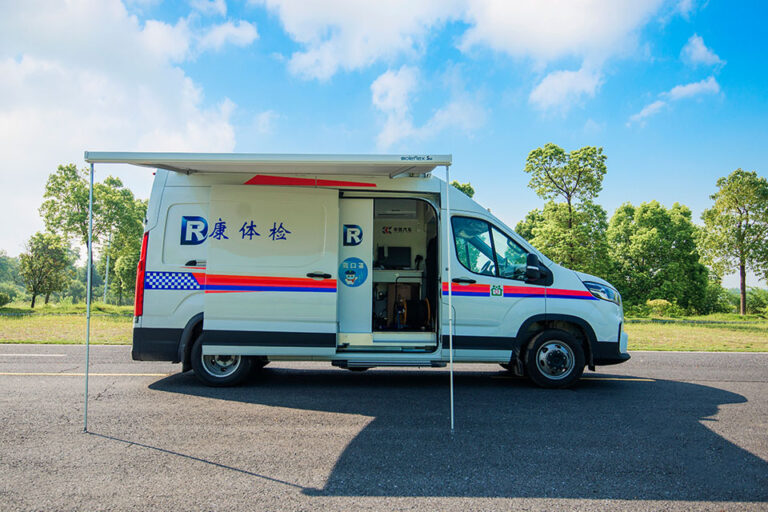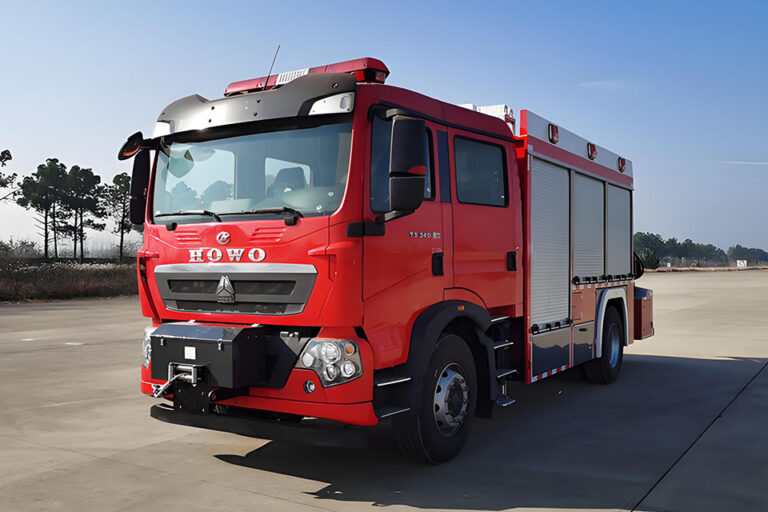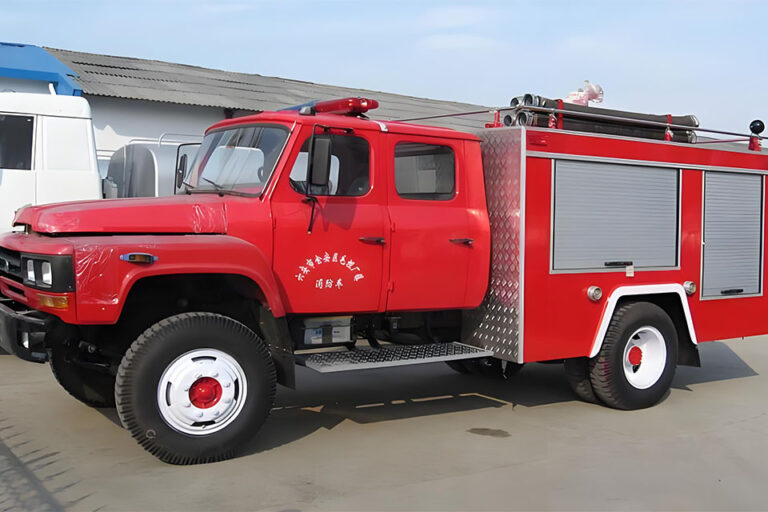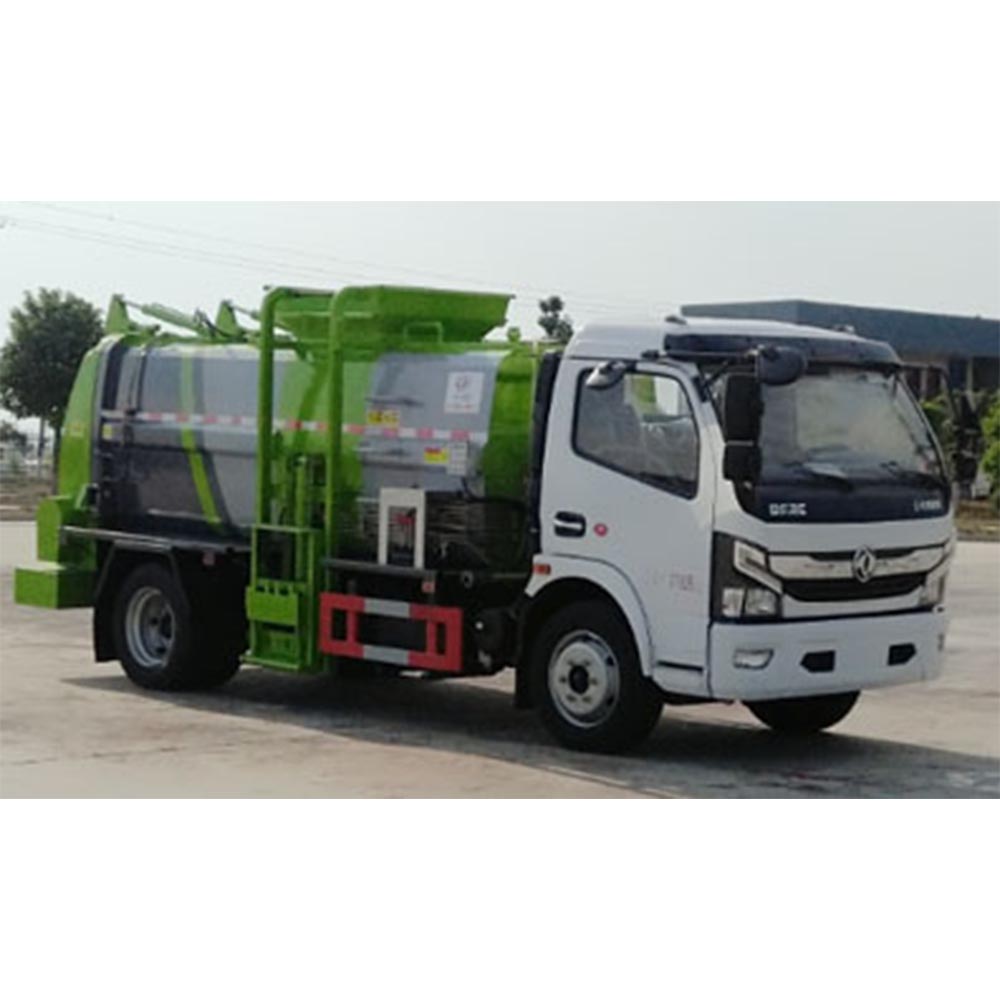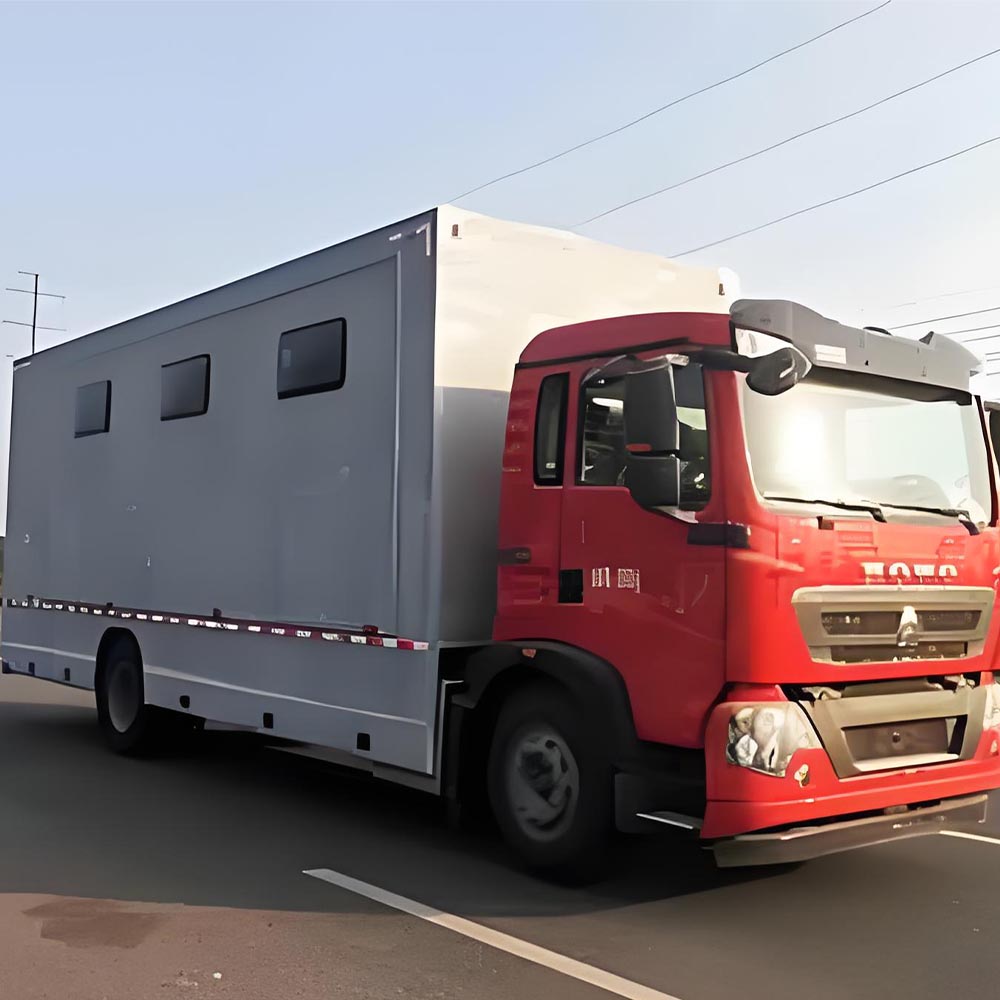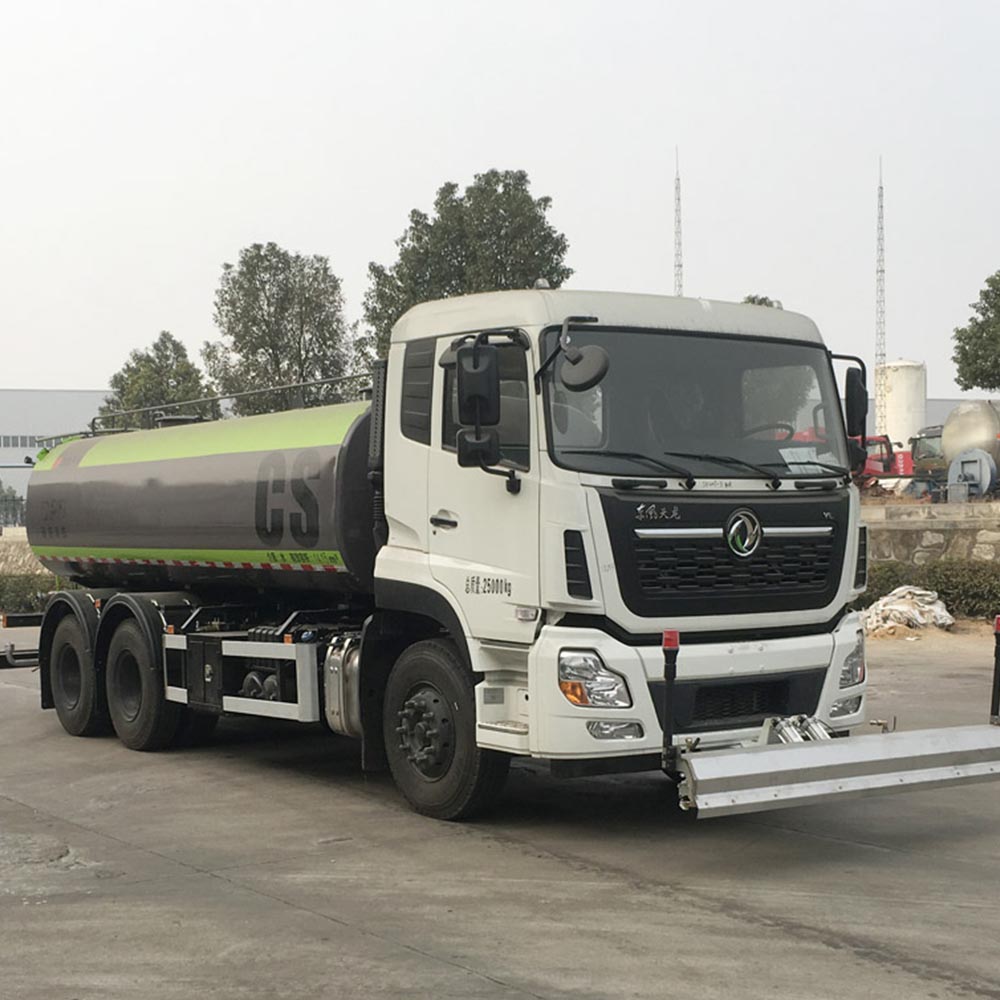-
Chengli Automobile Industry Park
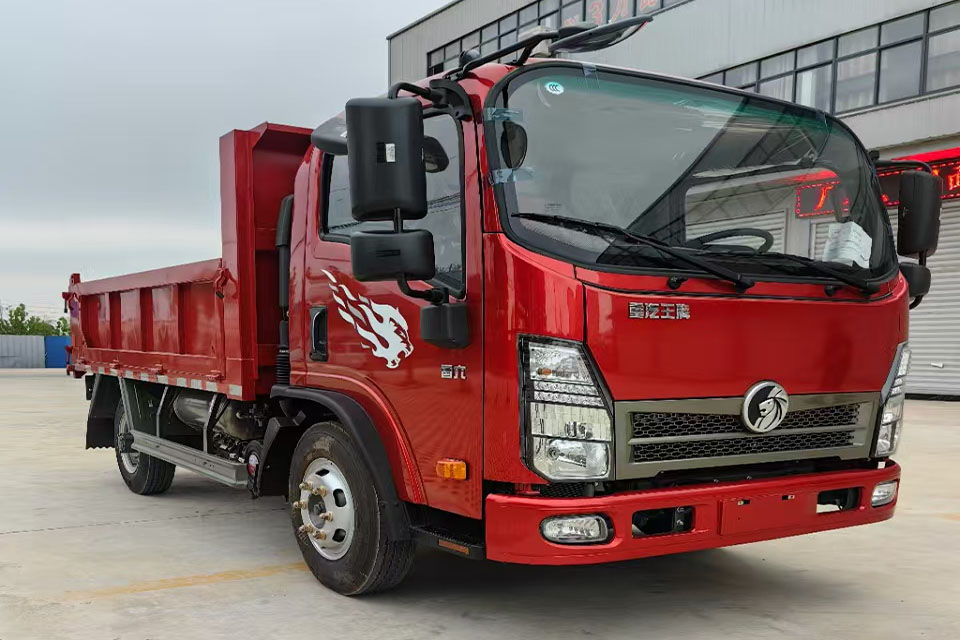
Comparative Study on Carbon Reduction of LNG Heavy Trucks
Transportation is one of the biggest sources of carbon pollution. When we need to move goods across long distances, heavy trucks burn a lot of fuel. This creates a big problem for our climate goals. So what’s the answer? LNG heavy trucks might be a key part of the solution.
Table of Contents
Why Carbon Reduction in Trucks Matters
Heavy trucks make up only about 7% of vehicles on the road but create much more pollution than that number suggests. In fact, diesel trucks produce:
- 80% of all NOx emissions from vehicles
- 90% of all particulate matter (PM) pollution from vehicles
This is why finding cleaner options is so important.
What Makes LNG Trucks Special?
LNG (Liquefied Natural Gas) trucks burn cleaner than diesel trucks. China leads the world in using these trucks with about 650,000 LNG heavy trucks on its roads – that’s 98% of all LNG trucks worldwide!
These trucks are especially good for long trips. In fact, over 90% of LNG heavy trucks sold are tractor units for semi-trailers that haul goods over long distances.
LNG vs. Other Truck Options
Let’s look at how different truck types compare:
| Feature | Diesel Truck | LNG Truck | Electric Truck | Hydrogen Truck |
|---|---|---|---|---|
| Range | 800+ km | 800+ km | 260 km | 500+ km |
| Refueling time | 10 minutes | 10 minutes | 2-8 hours | 15 minutes |
| Cold weather performance | Needs preheat at -18°C | Works at -30°C | Loses 30% range at -20°C | Works at -40°C |
| Market readiness | Millions in use | 650,000 in use | About 10,000 | Less than 1,000 |
As you can see, LNG trucks work well in cold weather and can go much farther than electric trucks before needing to refuel.
Heavy Truck Tech Comparison: Cutting Carbon
Diesel Truck
- CO₂ Emissions: High
- Range: 800+ km
- Refuel Time: ~10 min
- Cold Perf: Needs preheat at -18°C
- Maturity: Fully Mature
LNG Truck
- CO₂ Emissions: Medium (20-25% less)
- Range: 800+ km
- Refuel Time: ~10 min
- Cold Perf: Good (-30°C)
- Maturity: Mature (esp. China)
Electric Truck
- CO₂ Emissions: Low (Grid dep.)
- Range: ~260 km
- Charge Time: 2-8 hours
- Cold Perf: Poor (-20°C issues)
- Maturity: Emerging
Hydrogen Truck
- CO₂ Emissions: Zero (Green H₂)
- Range: 500+ km
- Refuel Time: ~15 min
- Cold Perf: Very Good (-40°C)
- Maturity: Pilot Phase
Range Comparison (Kilometers)
Why Use LNG Instead of Electric or Hydrogen?
While electric heavy-duty emergency rescue vehicles and hydrogen trucks look good on paper, they face big challenges:
Electric Truck Limits:
- Battery problems: Heavy batteries reduce how much cargo trucks can carry
- Charging takes too long: Not practical for drivers who need to keep moving
- Limited range: Not enough for long hauls
Hydrogen Truck Challenges:
- Safety concerns: Hydrogen can be dangerous (explosive range of 4-74%)
- Very expensive: About 150 million yuan per truck
- Few stations: Only 118 hydrogen stations exist, mostly in test areas
Meanwhile, LNG trucks are already working well today. They give us a way to cut carbon now while other technologies catch up.
Real-World Success with LNG Trucks
China’s experience shows that LNG trucks work in the real world. In 2020, LNG heavy truck production reached a record high of 142,000 vehicles.
LNG trucks help meet carbon goals because they produce:
- 20-25% less carbon dioxide than diesel
- No sulfur dioxide pollution
- Fewer tiny particles that harm lungs
Price Challenges and Solutions
One big challenge for LNG truck owners is unstable fuel prices. When LNG prices spike (like in 2022 when they hit 7,000 yuan/ton), many truck owners worry about costs.
The paper suggests linking LNG and diesel prices, with a cap of 1:0.8 ratio. This would help truck owners plan better and keep using the cleaner fuel option.
The Road to 2030
China has set a goal that by 2030, at least 40% of new vehicles should use clean energy. For this to work:
- Electric cars will likely reach 90-100% of car sales
- Electric trucks might reach 12.5% of truck sales
- Hydrogen trucks might reach 2.5%
- LNG trucks need to fill the 25% gap to reach these goals
This means semi-trailer tractor trucks powered by LNG will be essential for meeting climate targets.
What Needs to Happen Next?
To help LNG trucks succeed, the paper suggests several steps:
- Create rules to keep LNG prices stable
- Give LNG trucks the same support that electric vehicles get
- Build more LNG filling stations
- Make laws that support LNG as a bridge to cleaner energy
Without these steps, the LNG truck industry might struggle, making climate goals harder to reach.
Conclusion
LNG heavy trucks offer a practical way to cut carbon emissions right now. While electric and hydrogen trucks may be the future, they aren’t ready for all jobs today – especially long-distance hauling. The world can’t wait for perfect solutions. With 650,000 LNG trucks already on China’s roads, this proven technology can help us make progress while newer options mature.
For countries trying to cut carbon, LNG trucks are a smart step forward – cleaner than diesel and ready to use today with existing material handling vehicles and infrastructure.


